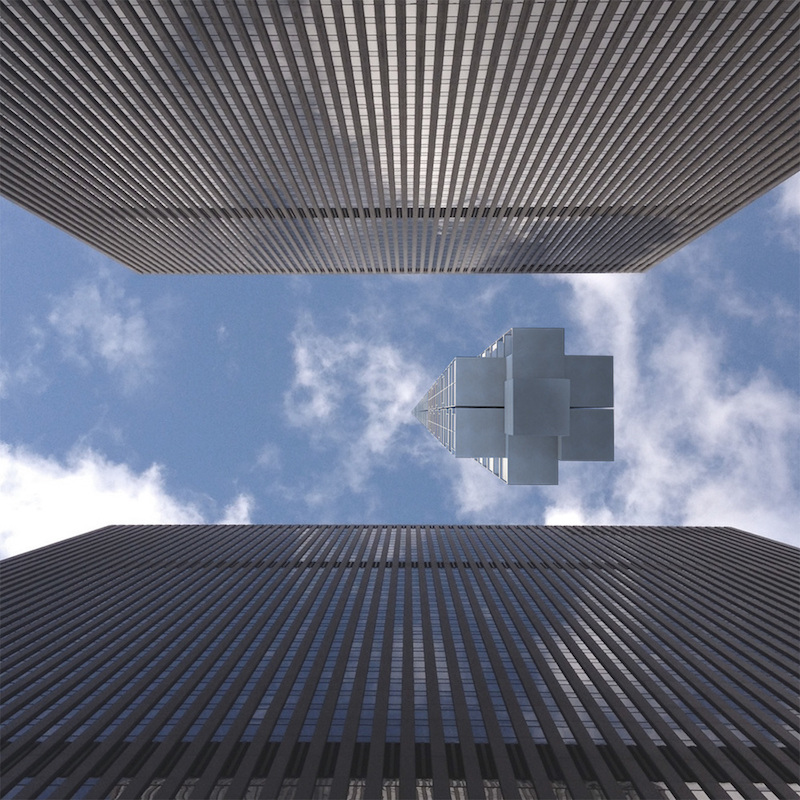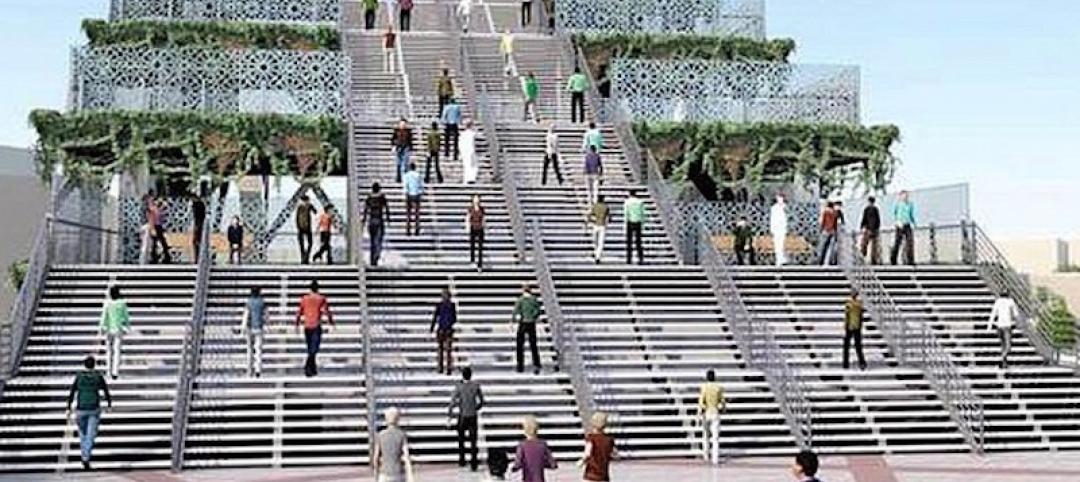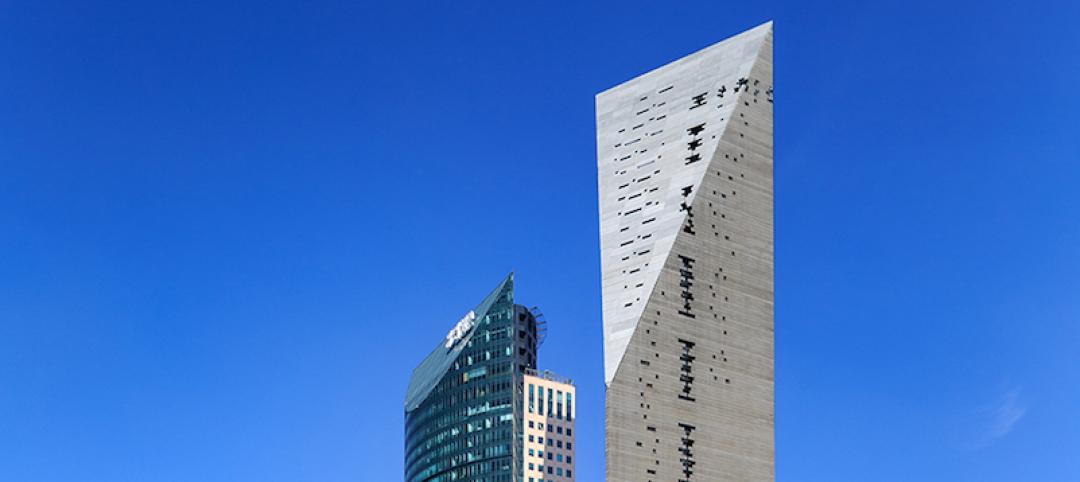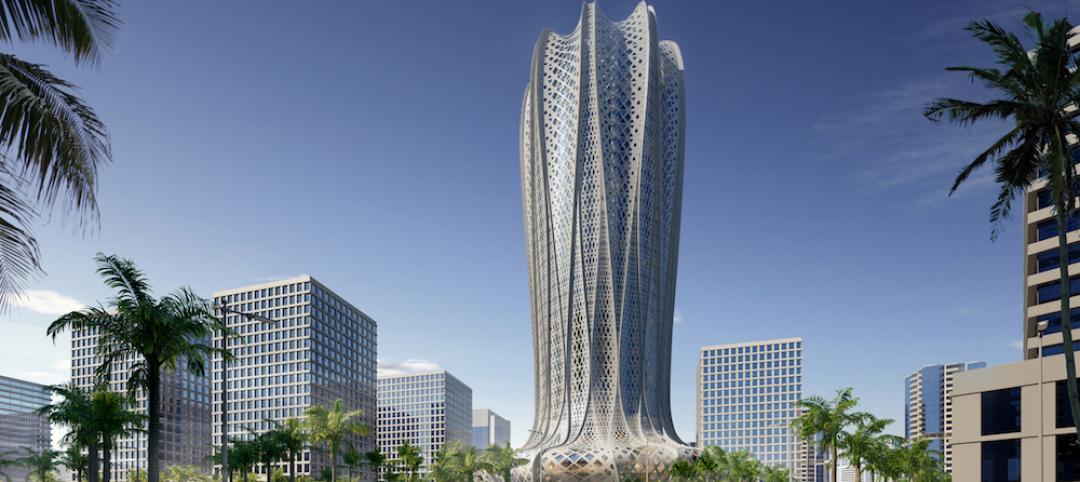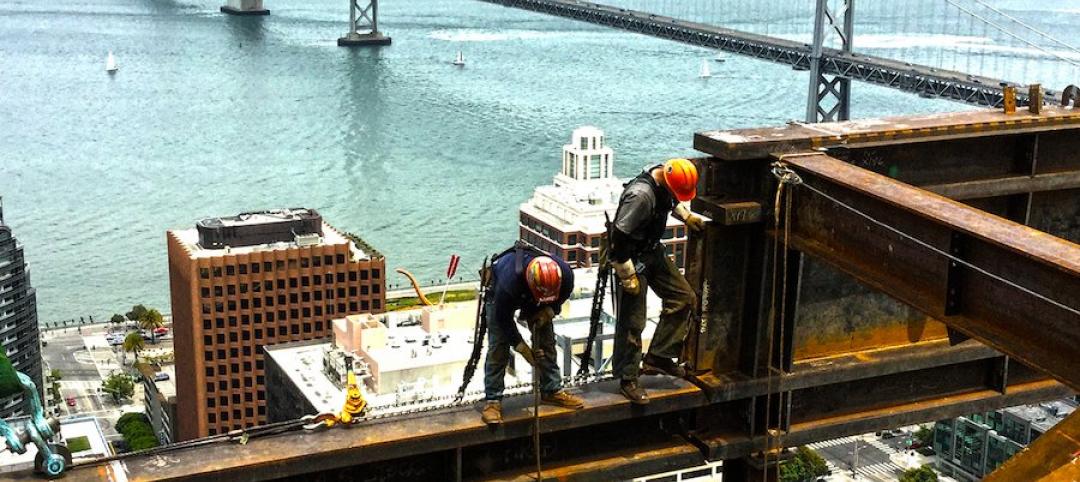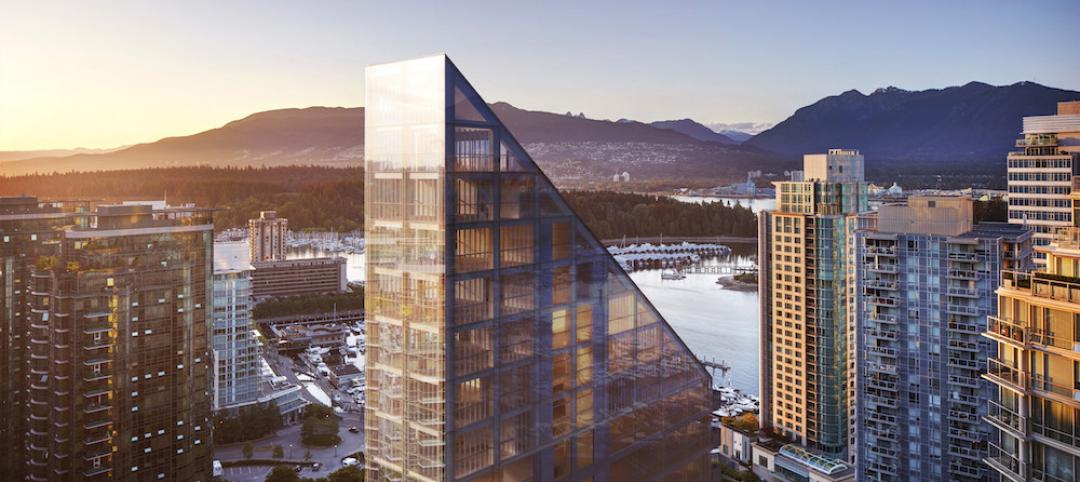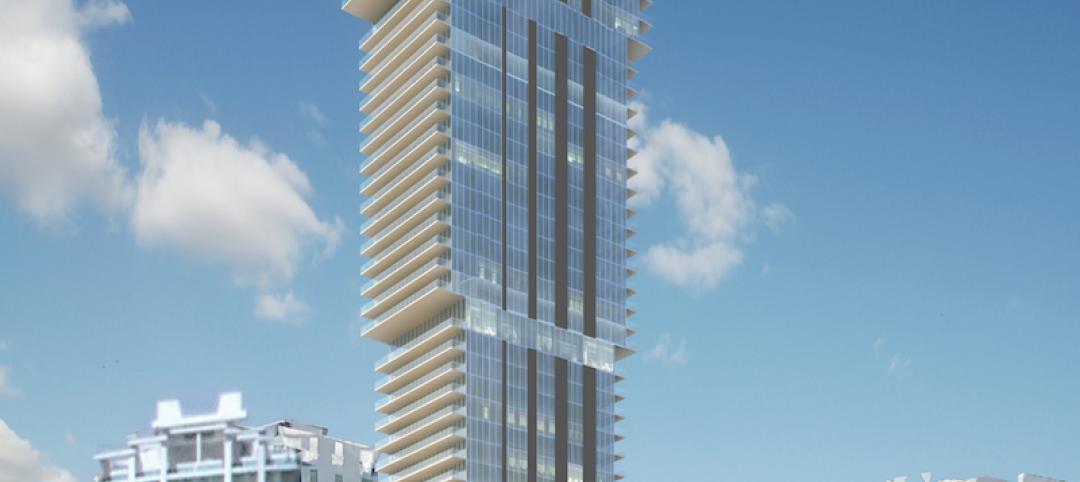Clouds Architecture Office is a New York-based firm known for their speculative designs and innovative (and often times seemingly unfeasible) approaches to architecture.
Among their inventive portfolio is a proposal for Martian architecture with the Mars Ice Home, a series of self-sufficient machine-like dwellings the drift among the clouds known as Cloud Skippers, and a concept for disaster relief that allows people to float above their ruined buildings or neighborhoods while they are being repaired called Cloud City. The firm’s most recent proposal, however, may also be its most radical.
The idea is to create a supertall skyscraper that, instead of springing from the Earth and climbing towards the sky, is suspended from an orbiting asteroid and hangs towards the ground like a giant stalactite (does that make it an earthscraper?).
Here is how the speculative tower, dubbed Analemma Tower (named after the figure-8 path the sun makes in the sky when viewed at the same time of day throughout the year), would work: A large asteroid would be placed into orbit over earth. From this asteroid, a high strength cable would be lowered towards the surface of the planet from which the supertall tower can be suspended. Since it is suspended in air, the tower can be constructed anywhere and transported to the final location. For this proposal, the tower would be constructed over Dubai since the city has proven to be a specialist in tall building construction while keeping costs at one-fifth those associated New York City construction.
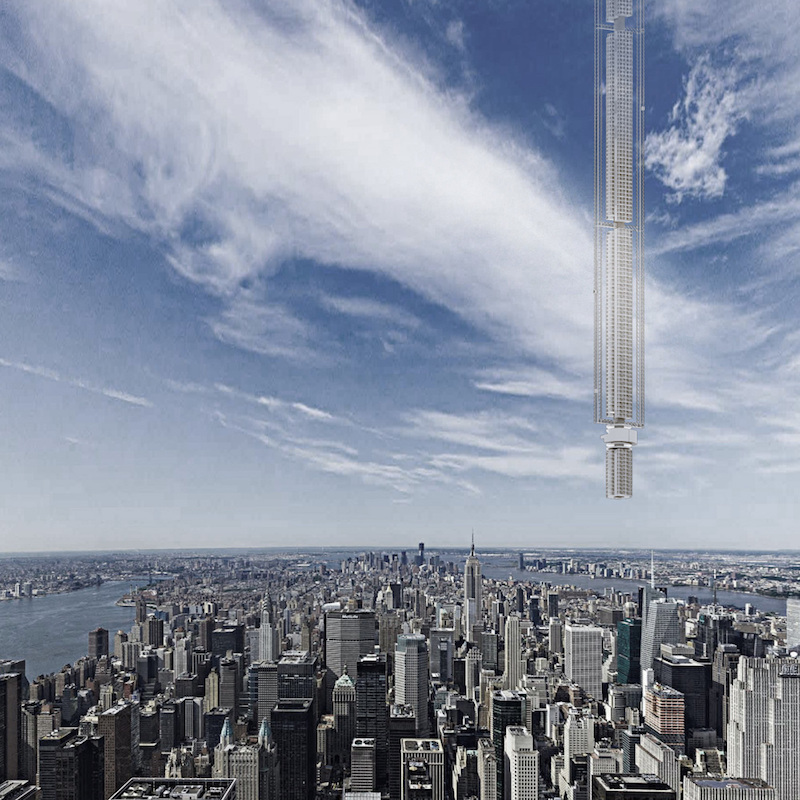 Rendering courtesy of Clouds Architecture.
Rendering courtesy of Clouds Architecture.
The asteroid’s geosynchronous orbit would match earth’s sidereal rotation period of one day. The tower would trace a figure-8 shape and return to the same position in the sky each day. The building would travel between the northern and southern hemispheres on a daily loop. At the bottom of the figure-8 pattern, the tower would move at its slowest speed to allow for the possibility of the towers residents to interface with the planet’s surface. The slowest part of the trajectory would occur over New York City.
If you’re thinking all of this sounds like science-fiction hokum, Clouds Architecture has a response, “Manipulating asteroids is no longer relegated to science fiction. In 2015 the European Space Agency sparked a new round of investment in asteroid mining concerns by proving with its Rosetta mission that it's possible to rendezvous and land on a spinning comet,” the firm writes on its website. “NASA has scheduled an asteroid retrieval mission for 2021 which aims to prove the feasibility of capturing and relocating an asteroid.”
The tower itself would be sectioned into several components. The office, business, and commercial components would be closest to the bottom, followed by garden and agricultural areas, and then a large section for residential. The top of the tower would be devoted to devotional activities. As one ventures higher into the building, the size and shape of the windows changes to account for pressure and temperature differentials. Due to the curvature of the earth, the very top of the tower would get an additional 40 minutes of sunlight each day but due to the near vacuum and -40C temperatures outside would prevent people from going outside and would make living on this level difficult.
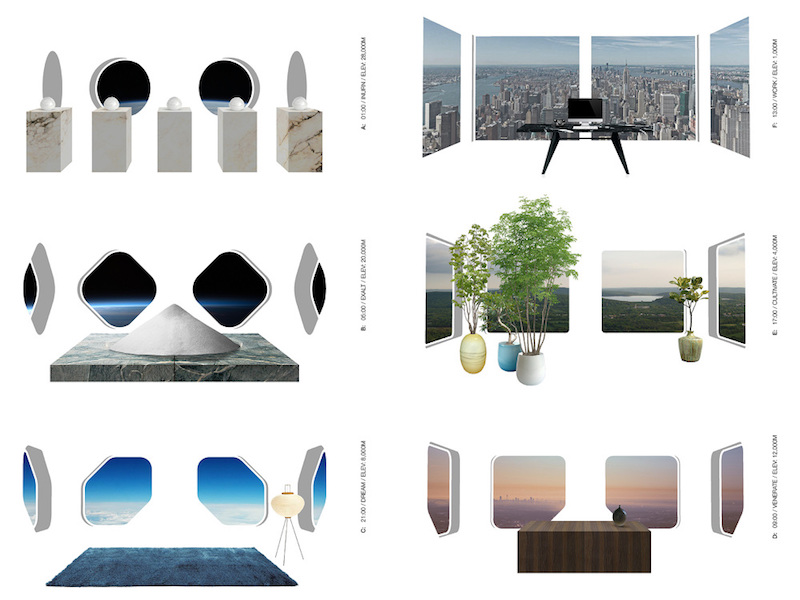 Rendering courtesy of Clouds Architecture.
Rendering courtesy of Clouds Architecture.
Analemma Tower would be powered by space-based solar panels that would receive constant sunlight. Water would be filtered and recycled in a semi-closed loop system and would be replenished by condensate and rainwater from clouds. The elevator system would use cable-less electromagnetic elevators as a workaround to height restrictions imposed by elevator cable spool volume.
Of the tower, Clouds Architecture says, “Analemma Tower is a proposal for the world's tallest building ever. Harnessing the power of planetary design thinking, it taps into the desire for extreme height, seclusion, and constant mobility. If the recent boom in residential towers proves that sales price per square foot rises with floor elevation, then Analemma Tower will command record prices, justifying its high cost of construction.”
Obviously, neither this tower nor anything like it is going to be built anytime soon, so what’s the point? Well, it’s an exercise in imagination and creativity meant to get the metaphorical juices flowing. Every innovative product or service that comes out and changes the world is an amalgamation of speculative ideas, failed projects, and new ideas that stemmed from a simple what if? thought. This is one of those what if? thoughts.
Plus, it’s just pretty damn cool, zany science and all.
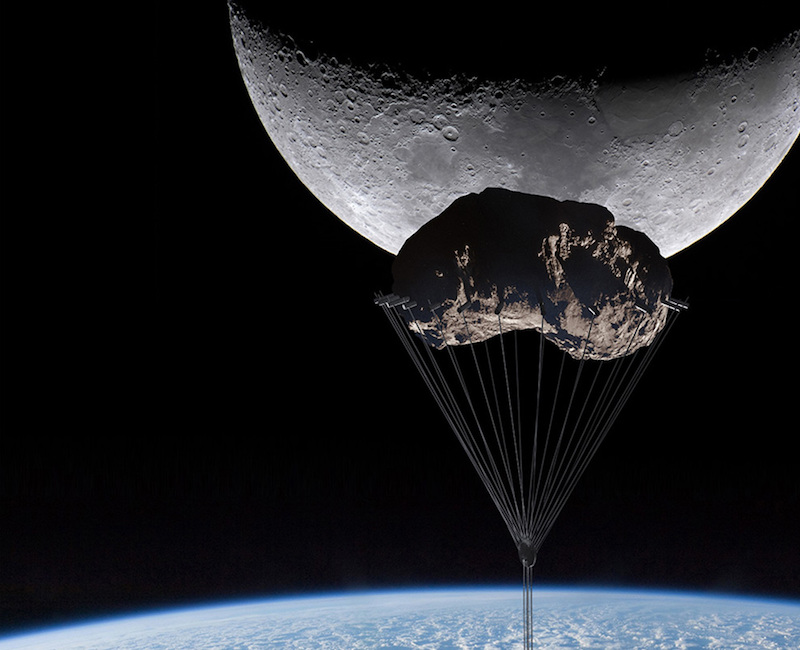
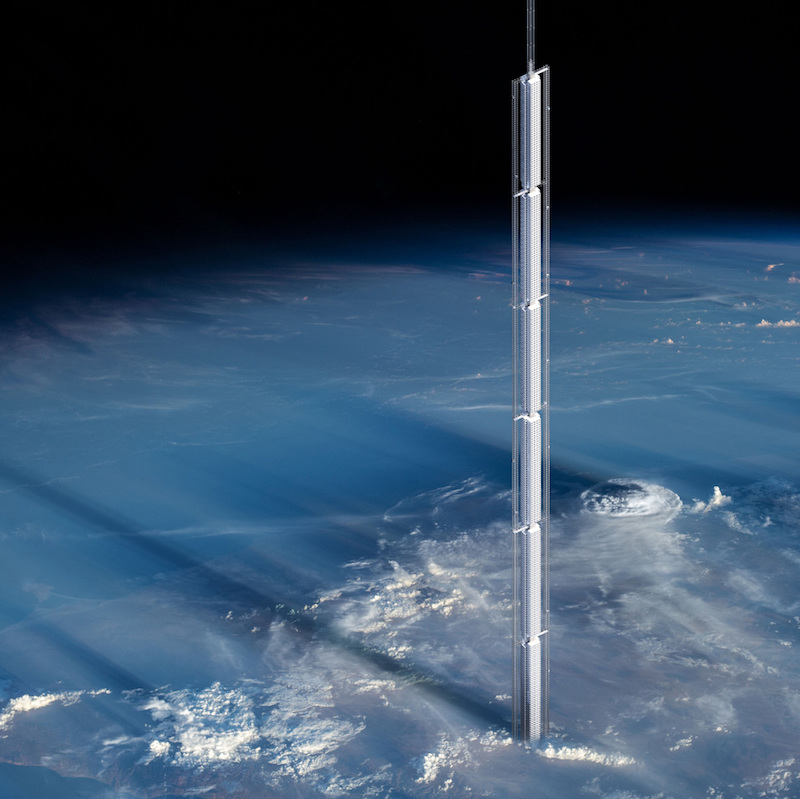 Rendering courtesy of Clouds Architecture.
Rendering courtesy of Clouds Architecture.
 Rendering courtesy of Clouds Architecture.
Rendering courtesy of Clouds Architecture.
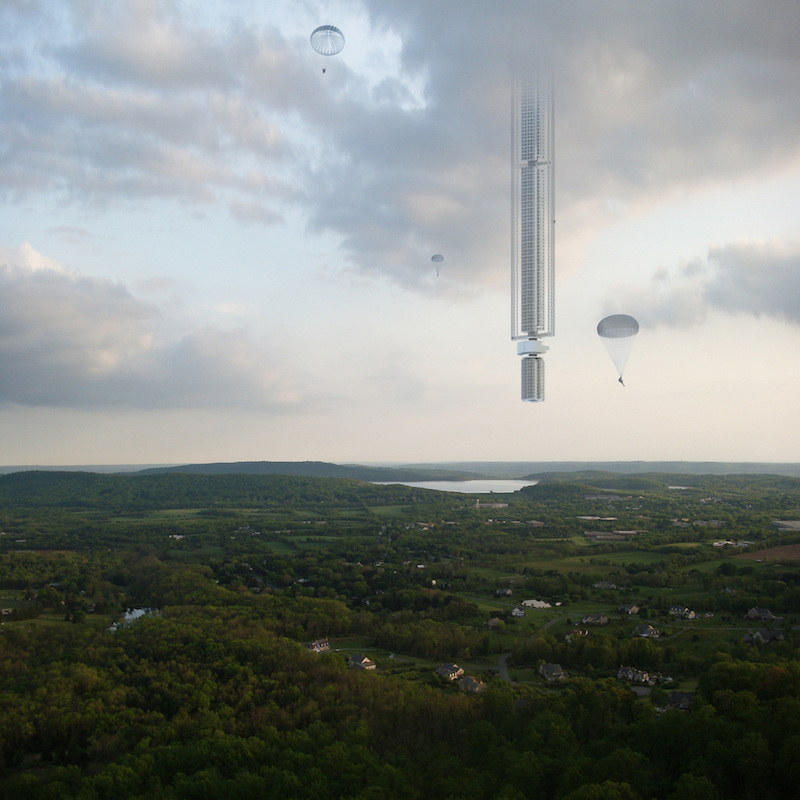 Rendering courtesy of Clouds Architecture.
Rendering courtesy of Clouds Architecture.
Related Stories
High-rise Construction | Aug 1, 2016
Rising to the occasion: Dubai shows some pictures of proposed 500-step structure
Still in the planning stages, this building would serve tourists and power climbers alike.
High-rise Construction | Jul 26, 2016
Perkins+Will unveils plans for what will be Atlanta’s second-tallest tower
The 74-story 98 Fourteenth Street will be a mixed-use building with retail space and luxury residential units.
Concrete | Jul 20, 2016
Arup ensures Mexico City concrete skyscraper can withstand seismic activity
Double-V hangers and irregularly spaced gaps allow the structure to bend.
High-rise Construction | Jul 15, 2016
Zaha Hadid designs geometric flower-shaped tower for sustainable Qatar city
The 38-story building will have a mashrabiya latticed facade with hotel and residential space inside.
High-rise Construction | Jul 14, 2016
New San Francisco mixed-use tower billed as most earthquake-resistant building on the West Coast
A megabrace is a key seismic component at 181 Fremont, with offices, residences, and retail space.
High-rise Construction | Jul 14, 2016
Shigeru Ban designs tower expected to be world’s tallest hybrid timber structure
To lessen the carbon footprint, Terrace House in Vancouver will be made of wood sourced from British Columbia.
High-rise Construction | Jul 12, 2016
Three-tiered, 57-story high-rise development from Arquitectonica coming to Miami
The structure will be the tallest building in the Edgewater District
Office Buildings | Jul 11, 2016
CetraRuddy designs office tower for Manhattan’s Meatpacking district
Plans originally called for a hotel, but the architect and developers adapted their design for commercial use.
Contractors | Jul 4, 2016
A new report links infrastructure investment to commercial real estate expansion
Competitiveness and economic development are at stake for cities, says Transwestern.
High-rise Construction | Jun 29, 2016
Best Tall Buildings around the world favor unusual shapes and hybrid functions
The Council on Tall Buildings and Urban Habitat selects winners in four regions.


